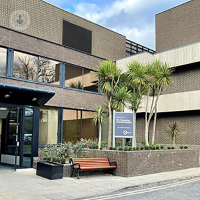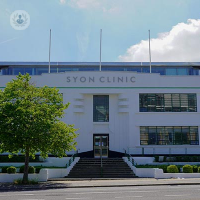ER surgery
What is emergency surgery?
ER or emergency surgery or emergency general surgery is surgery performed in situations where there is an acute threat to life, organ or tissue. Such a threat may be caused by illness, surgical complication, trauma, or an acute change in a chronic illness. Emergency surgery is something that many types of specialist will have training in, in particular any consultants dealing with the abdominal cavity, thoracic cavity, vascular tissues, and urological issues.

When is emergency surgery required?
Emergency surgery is required when a patient presents a symptom, illness or injury that is a threat to their life, organs or tissue.
Common needs for emergency surgery include:
- Appendix removal (appendectomy)
- Treating obstructive hernias
- Bowel obstruction
- Airway obstruction
- Pneumothorax (collapsed lung)
- Acute trauma
- Internal bleeding
- Limb ischaemia
- Acute subdural haematoma
- Draining abscesses
- Gallbladder removal surgery (cholecystectomy)
- Managing a bleeding ectopic pregnancy
What does emergency surgery involve?
Rapid assessment: In an emergency, medical professionals must quickly assess the patient's condition to determine the need for surgery. This assessment includes a physical examination, medical history review, and often diagnostic tests such as imaging studies or lab work.
Immediate intervention: Emergency surgery is performed without delay to address life-threatening or rapidly deteriorating conditions. This urgency is necessary to prevent further harm or complications.
General anaesthesia: In most cases, emergency surgeries require general anaesthesia, which renders the patient unconscious and pain-free throughout the procedure.
Surgical team: A specialised surgical team, including a surgeon, anaesthesiologist, nurses, and surgical technicians, is assembled to perform the procedure. The team is well-trained to work efficiently and effectively under emergency conditions.
Sterile operating room: The surgery takes place in a sterile operating room to minimise the risk of infection and other complications.
Minimally invasive or open surgery: Depending on the nature of the condition, the surgeon may perform minimally invasive (laparoscopic or endoscopic) surgery or open surgery. Minimally invasive techniques involve smaller incisions and typically result in faster recovery times.
Intraoperative monitoring: Continuous monitoring of the patient's vital signs (e.g., heart rate, blood pressure, oxygen levels) is crucial during the surgery to ensure the patient's safety.
Surgical repair or removal: The surgical procedure may involve repairing damaged tissues, removing tumours, addressing internal bleeding, opening obstructed airways, or performing other interventions depending on the specific condition.
Wound closure: After completing the necessary surgical steps, the surgeon closes incisions using sutures, staples, or other appropriate closure methods.
Postoperative care: Following emergency surgery, patients are closely monitored in a recovery area or intensive care unit. The medical team ensures that the patient stabilises, manages pain, and addresses any potential complications.
Recovery and follow-Up: The recovery period after emergency surgery varies depending on the type of procedure and the patient's overall health. Patients often require ongoing medical care and follow-up appointments to monitor progress and address any issues that may arise.




